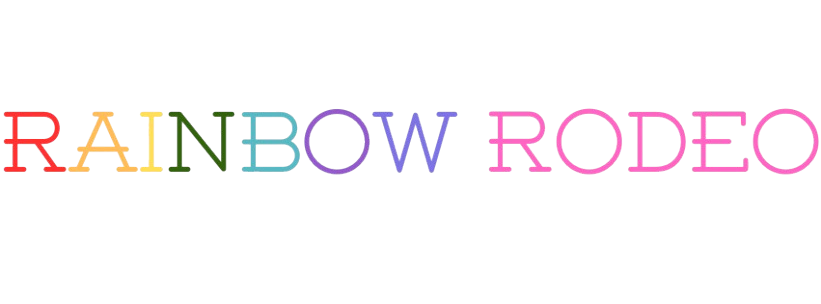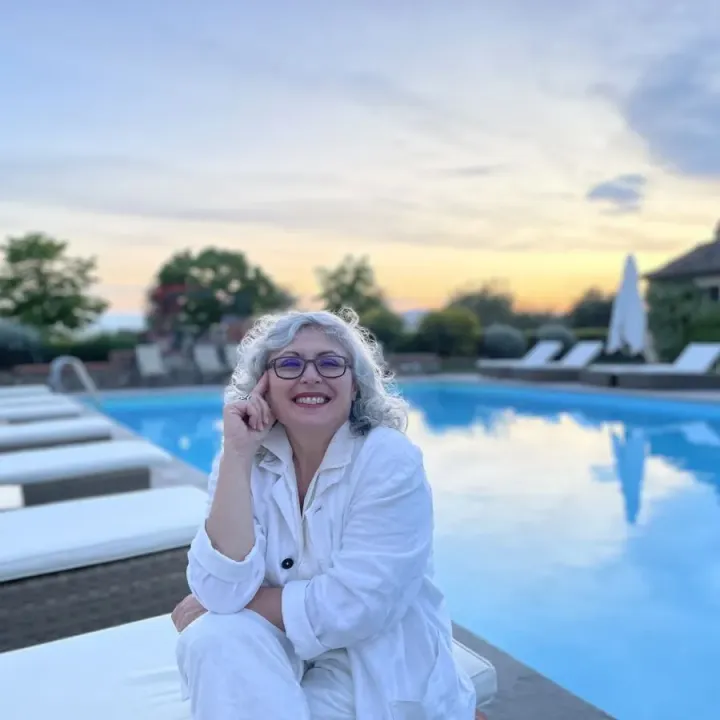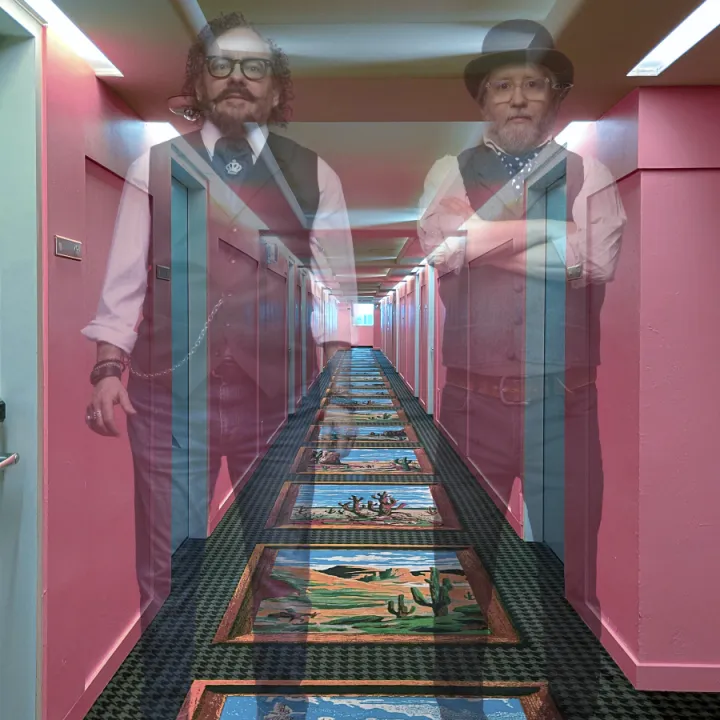INTERVIEW: Sophia Eliana Kisses Girls In Church Parking Lots -- And Tells

Sophia Eliana is a Denver-based singer-songwriter, dancer, and visual artist from Monterey, California. Eliana’s voice carries with self-assurance and a warm embrace of life’s uncertainties. Her songs are imbued with nature — as we see below, sense of place is vital to Eliana, and listening to her songs makes you imagine crumbling dirt between your fingers.
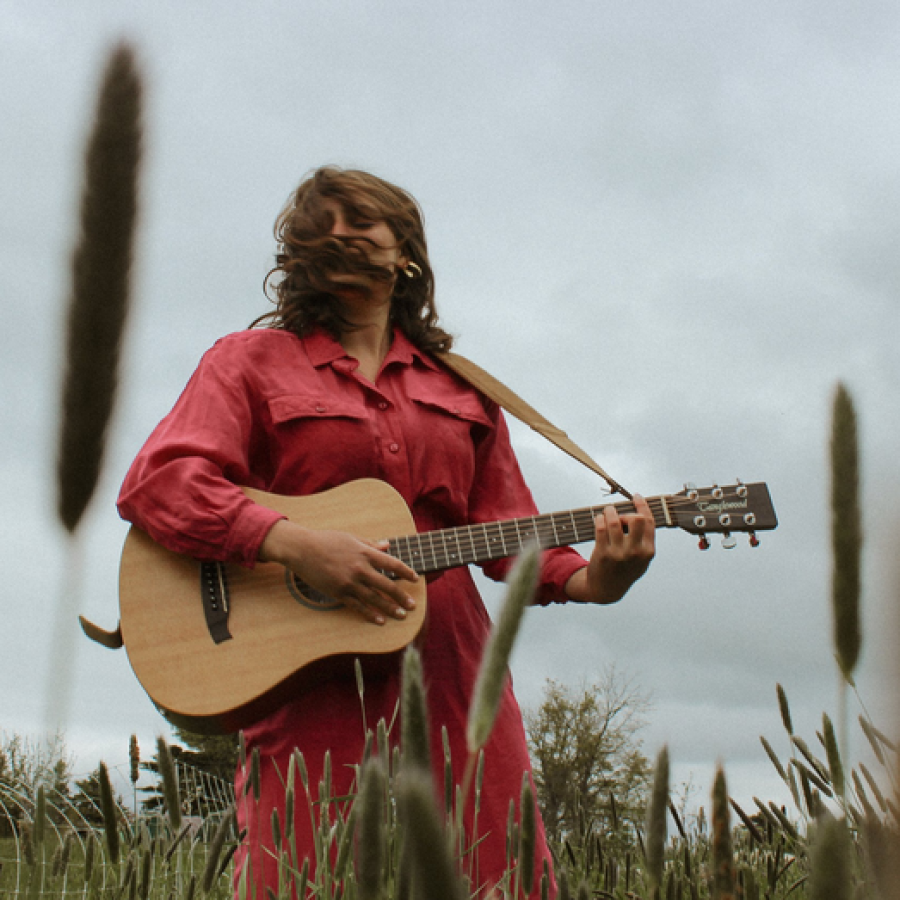
Do you have any songwriting tips you can share?
Perform, perform, perform! The act of sharing songs is a catalyst for fitting together the puzzle pieces of lyrics. It’s like flipping a coin when you need to make a decision. In that last second before the coin lands, your gut will tell you what changes to make. When I send a voice memo recording to a friend or play a new song at an open mic, I almost immediately know where I’d like to switch things around. Especially if I’m sharing a song live, I’ll attentively watch the audience’s expressions. I look around and try to read the room, feel where I’ve lost people’s attention, and then I’ll go back to the drawing board to strengthen the parts where folks were daydreaming.
I also had a wonderful songwriting professor back in college, Caroline Cotter, who introduced me to Pat Pattison’s object-writing practice: you pick a singular object (doorknob, coat-hanger, flower, etc.) and write about that object for 10 minutes uninterrupted. By focusing on how each of your senses (sight, sound, taste, touch, organic [internal body], and kinesthetic [external sensations]) relate to your object of choice, you generate pages of unusual connections that may later spark inspiration for a song. This practice is a great tool for overcoming writer’s block. Even if you don’t end up using any of the words generated in that practice, the ritual of sitting down and dedicating ten minutes towards writing is an excellent way to “massage your songwriting brain” and jump back into getting words on paper.
What are some of the best venues you’ve played? Why?
My most joyous performance experience was playing music at Peggy Rockefeller Farm on Mount Desert Island, Maine. The head farmer, April Nugent, organized a “Leaping into Spring” gathering centered around sending off lambs into pasture for the first time. Members of the community gathered around to gleefully watch a flock of lambs zoom around the shiny spring meadow. My “stage” was a tuft of grass in front of some cows and my audience was a crowd of happy sheep. It was magical observing both younger and older generations of the community light up at the sight of fluffy lambs dancing beneath spring sunshine.
I spent the tail end of my undergraduate years taking livestock courses and joyfully frolicking around those cow dung fields, so playing at the “Leaping into Spring” event felt particularly near and dear to my heart. One of my fondest memories in Maine includes lamb watching with my cousin, Linnae, at Peggy Rockefeller Farm. For those unfamiliar with lambing season, this is a euphemistic term for observing ewes’ behinds to watch for signs of mucus. We bundled-up in the vet shed adjacent to the ewes’ barn and shuffled across an icy driveway to watch for signs of labor. Those days spent digging toes into soil beds, building chicken coops, and staying up late to watch ewes greatly influenced the lyrics of my album, Pears & Honey.
Tell us about the first song you wrote.
I grew up singing all sorts of silly jingles in the shower growing up, but I don’t think I wrote my first full song until I was fourteen-years-old. I had this fat crush on a boy in middle school who wore a lot of tie-dye, so naturally, I wrote a song called “Tie-Dye Kid.” The song kicks off with lyrics: “scary why / big kid / bright-eyed / I don’t care about your tie-dye anymore.” Middle school Sophia was ruthless and went through crushes at the same rate Limited Too came out with new collections of sequin-filled catalogs. I wrote the song on ukulele at my aunt’s place and convinced my cousin to back me up on guitar. There is still a video floating around on Youtube of the two of us rocking out to “Tie-Dye Kid.” I remember recording the video using Photobooth on an old Macbook at 2 AM in hot pink plaid pajamas. At the old age of fourteen, you can imagine my disappointment that this one-hit-wonder did not go viral overnight.
All jokes aside, if I’m feeling extra feisty at a gig I’ll sneak this song into my setlist. Middle school Sophia was a force of nature who had a whole lot of grit. I ought to tap into that “tell it how it is” songwriting mentality more often…
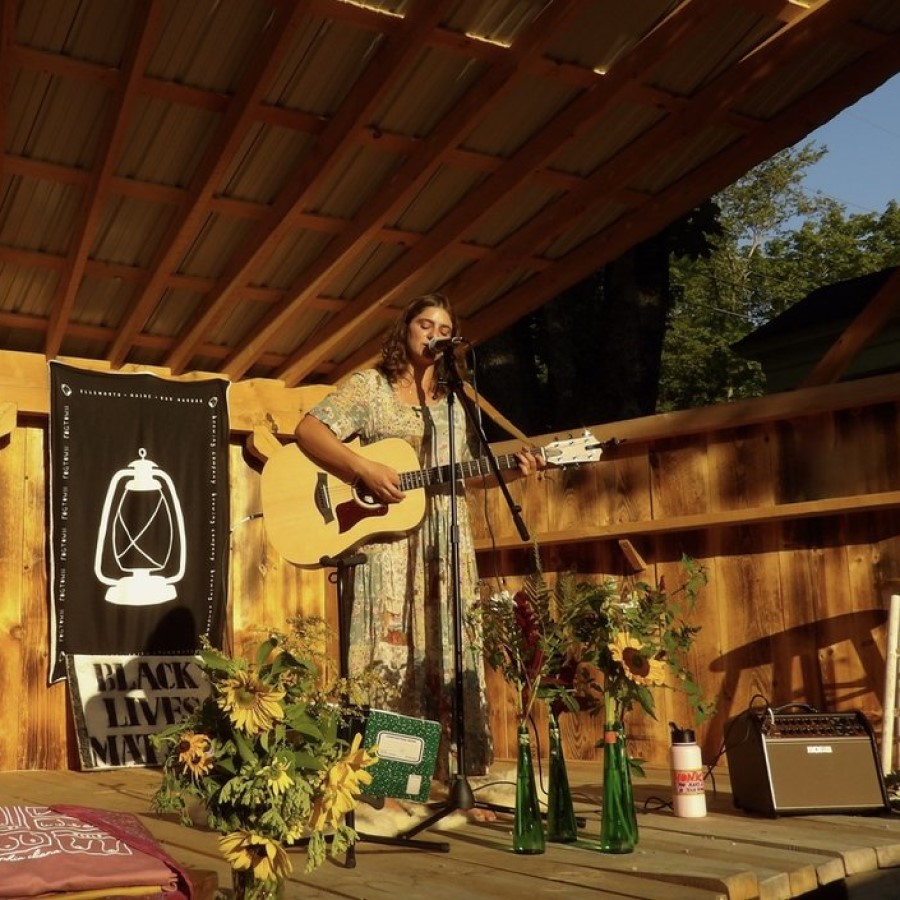
Does your album have an overarching theme?
Pears & Honey kicks off with field recordings of spring peepers and Acadia National Park brooks, setting the tone for the ensuing track list — a set of songs dripping with saccharine vocals and lyrics that leave you feeling like you just indulged in a sweet spoonful of honey. This heart-warming collection of songs touches upon themes of queer identity, sibling nostalgia, Maine’s farming communities, and fleeting collisions with other beings’ paths.
The fourth track on the album felt particularly cathartic to write. “Barley, Wheat, and Wool” is an ode to farmers’ lives lost at the hand of climate change and a plea for collective rest. This song of grief captures the striking dichotomy between mourning an environmentally troubled world and savoring the vibrancy of the present moment. I reflected fondly on my time spent flower farming in downeast Maine while weaving together the lyrics of this piece. “Barley, Wheat, and Wool” is an invitation to dig toes into rich soil and observe life from the perspective of resilient plants. The cultivation of flora and fauna, as well as ecological regeneration, requires deep listening and trust in cyclical growth patterns. Beneath blankets of snow, barley and wheat eagerly await their shining moment of courage to break through frost bitten land. By granting ourselves permission to unfurl worried brows and indulge in moments as “sweet as cinnamon and hand-me-down baskets,” we arrive at a centered place ready to reciprocate this loving care back to the earth.
How do you feel your coming out journey plays into your music?
I treat most of my projects as sonic diary entries and forget that there are people on the other end listening to the songs. This question makes me laugh because quite honestly, there has never been much of a separation between my personal life and music. Before releasing the single, “Kissing Girls in Church Parking Lots,” very few people in my life knew that I was dating queer folks. I suppose the release of that song was my coming out! I still have family members today who curiously ask me about “that girl in that one song.”
When I wrote “Kissing Girls in Church Parking Lots,” I was having a really hard time stepping into my queer identity. Songwriting allowed me the space to sift through the resistance I felt in my body and arrive at a place of excitement in return. “Kissing Girls in Church Parking Lots” encapsulates that sensation of giddy, queer uncertainty after kissing a girl for the first time and thinking, “Woah, this is…so totally special and awesome and makes my heart flutter like a bunch of butterflies!” This song is hands-down one of my favorite pieces to perform live. I love watching the expressions on people’s faces as I belt out the chorus
I kinda liked it
Kissing girls in church parking lots
Wondering if we might get caught having a good time
Some people squirm with discomfort while others seem to soften and feel a sense of belonging. It’s always a gamble what crowd I’ll be performing to and this song without-fail makes it onto every setlist.
Sophia Eliana — Official, Bandcamp, Instagram, TikTok, Spotify

